Rainer Reczek

Quantum computers promise solutions to highly formidable problems in physics, chemistry and mathematics that are intractable on classical computers. However, realization of quantum computers capable of solving these problems is hindered by the issue of preserving quantum information on practical timescales. Qubits, the quantum mechanical analog of a bit and the building block of quantum computers are subject to noise from their environment, quickly losing the information they carry. A promising way to improve the lifetime of a qubit is to detect and correct noise-induced errors, a technique known as […]
Yunhee Jang
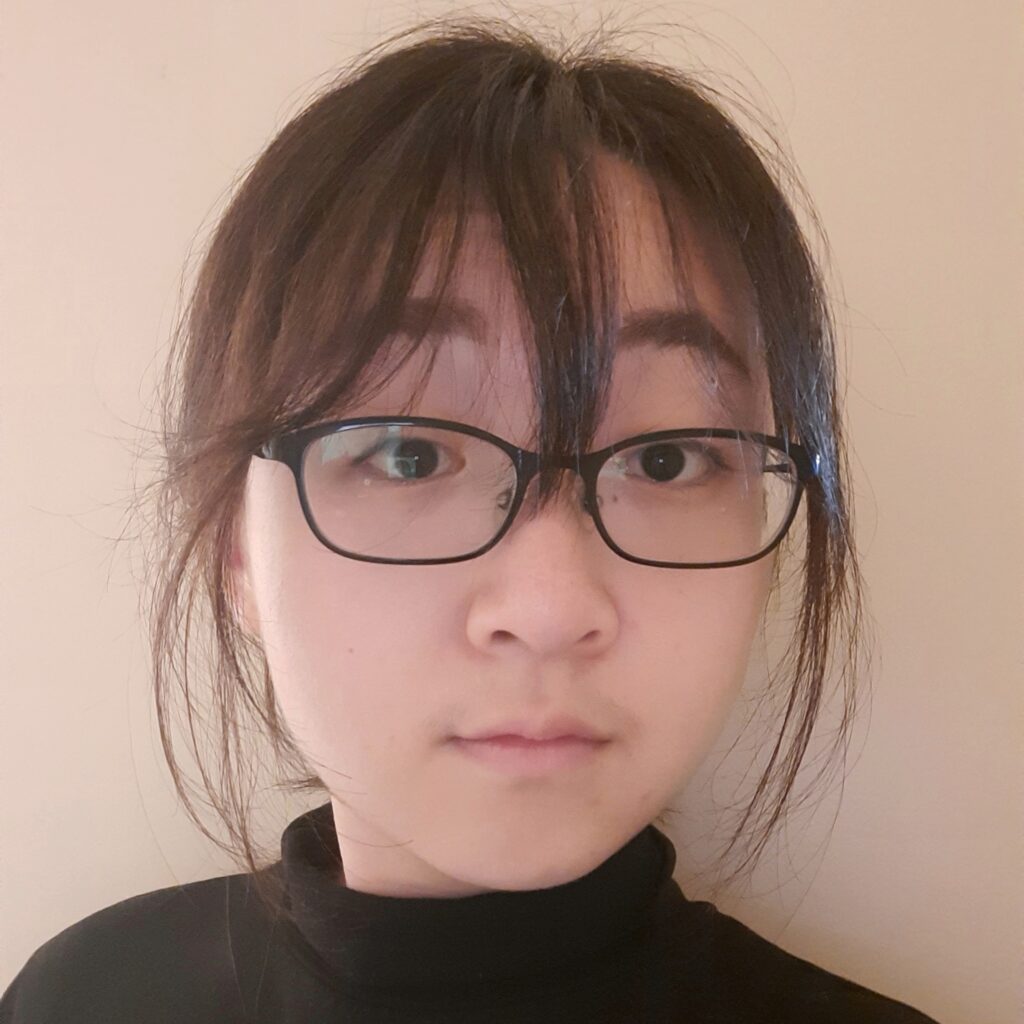
This project is a multifaceted Monte Carlo study of jet substructure in heavy-flavor enriched events using Pythia simulations. It explores a diverse set of observables including jet axes, grooming techniques, momentum-sharing variables, N-subjettiness, and angular correlations using various tagging strategies and clustering algorithms. Heavy quarks like charm act as powerful probes of the strong force. Due to their large mass, they fragment and radiate differently than lighter quarks or gluons, encoding rich information about the dynamics of parton showering and hadronization. By analyzing the internal structure of heavy-flavor jets, we […]
Viola Zhao

In general, quantum field theory describes the universe via nonlinear systems of partial differential equations. One current intriguing topic in theoretical physics is the asymptotic behavior of a quantum field theory. However, extracting information about this asymptotic behavior has posed a substantial challenge. Recently, tropical geometry has flourished as a new mathematical tool, which allows one to study the asymptotic behavior of a mathematical object, by translating nonlinear problems into vastly simpler piecewise linear problems at their asymptopia. For this project, the main objective is to construct a tropical notion […]
Tyler Hou
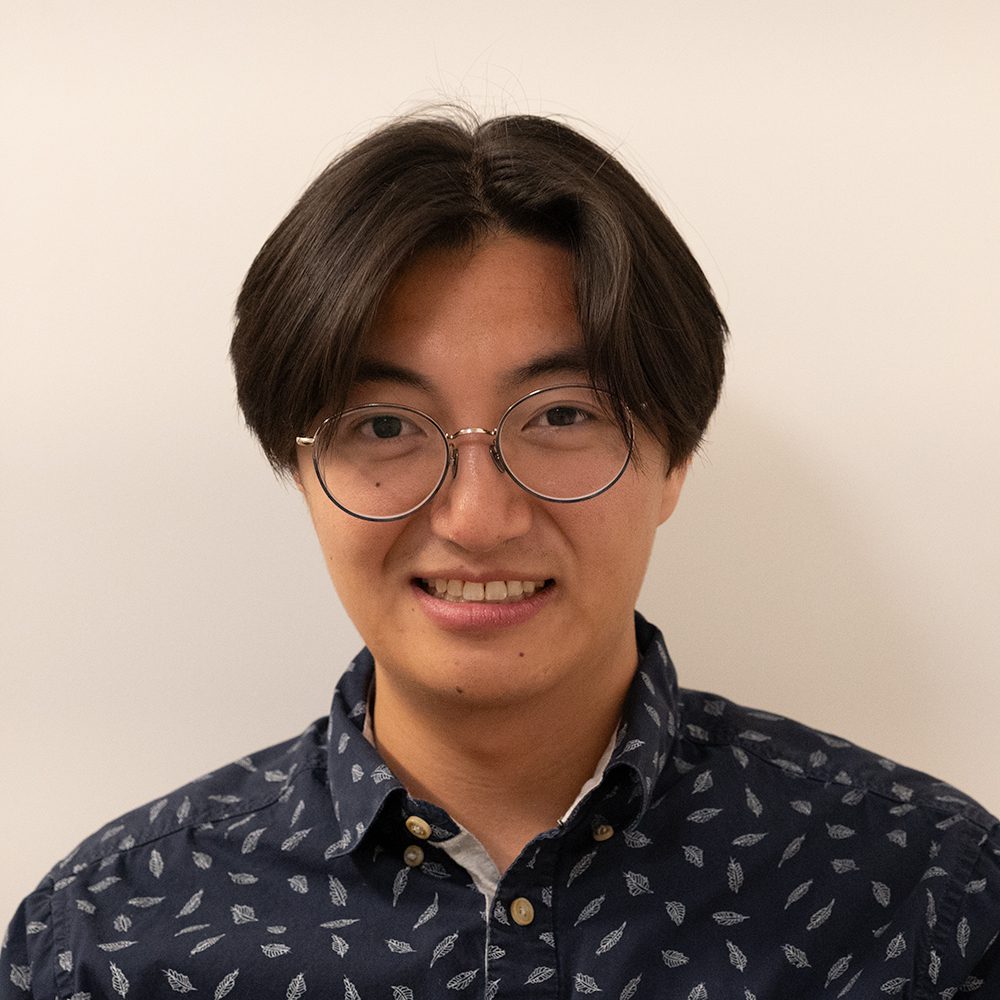
Optimizing programs makes them run faster and consume less resources. However, implementing program optimizers is difficult for people without specialized expertise. In recent years, new declarative techniques have made program optimization more accessible to non-experts. However, these techniques lack support for reasoning about programs “top-down.” Top-down reasoning is required to efficiently implement context-sensitive optimizations that are standard in e.g. optimizing compilers and database query planning. For example, we would like to optimize the program ⟦if (x = 1) x (x / x)⟧ to just ⟦1⟧. This requires reasoning that x […]
Songlin Zhao

Cancer progression arises from tumors developing within dynamic, spatially complex microenvironments where therapies are frequently thwarted by evolving drug resistance. Probabilistic models have served as a cornerstone for understanding evolutionary processes in population genetics, yet conventional approaches often rely on assumptions of static selective pressures and non-spatial conditions. In addition, our research will center around understanding a spatial Moran model with fluctuating selection. Specifically, we will investigate how temporal fluctuations in the selective advantage of a mutation affect its fixation probability in a spatially structured population compared to the constant-selection […]
Ruyu Yan

Earthquakes are a common hazard that impact communities worldwide as they substantially harm human and infrastructure safety. The dynamics of fault slip during large earthquakes are influenced by variations in the frictional properties of fault-zone rocks. Fault zone mineralogy can be impacted by water-rock reactions that induce alteration. This summer, I propose to study mineral alteration along faults activated by the 2019 Ridgecrest earthquake, an ideal study area for comparing mineral alteration to earthquake slip. Through X-ray diffraction and scanning electron microscopy analyses of samples from Ridgecrest, I aim to […]
Ronnie Mack
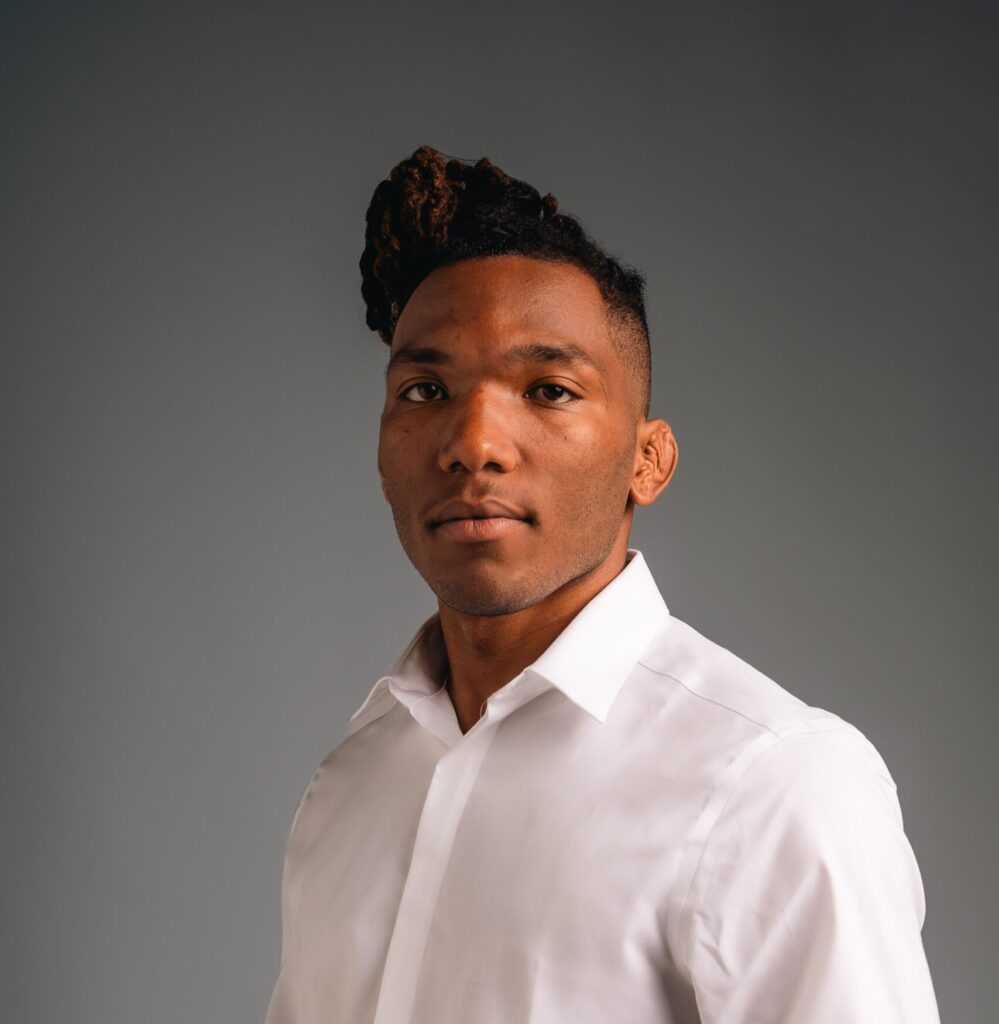
This project aims to develop an advanced hybrid neural system inspired by human sensory perception. It combines attention-driven exploratory learning with physics-informed reasoning to enable artificial intelligence (AI) to move beyond pattern recognition and into true understanding of complex physical environments. The title reflects the system’s journey from perceiving raw data (blind exploration) to refining and validating that data through physical laws (seeing with clarity).
Ro’aa Alkhawaja

“Human intuition breaks down in the quantum regime. On quantum scales, systems that once behaved deterministically become probabilistic, introducing fundamental uncertainties in measurement and uniquely quantum sources of noise. This project focuses on the development of quantum optomechanical systems to explore macroscopic quantum states, advancing our understanding of fundamental physics and paving the way for new technologies. It applies quantum measurement and control techniques to solid-state objects, offering opportunities to work with levitated superconducting systems and optically trapped sub-micron particles. The research uses quantum feedback protocols and cavity optomechanics to […]
Rishabh Dave
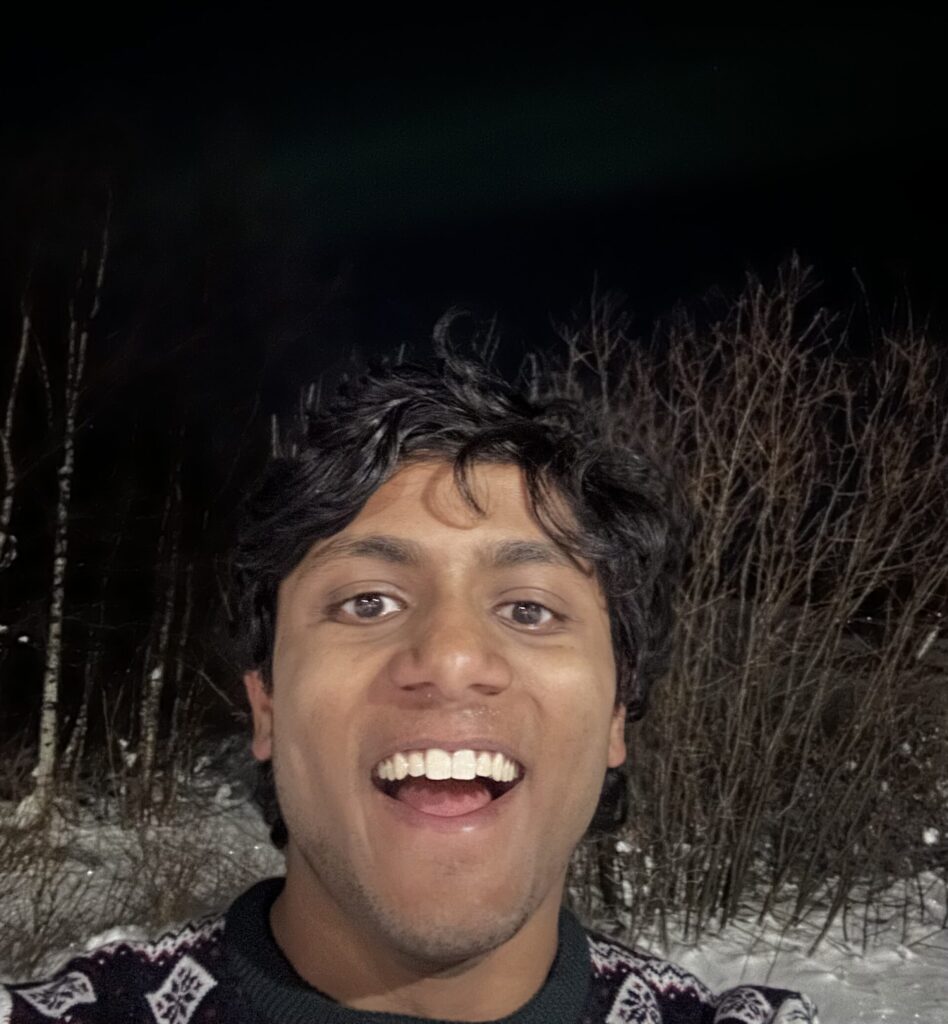
High energy particle physics simulations increasingly rely on highly parallelized computation to calculate detector readouts. One case where this is particularly relevant is the upcoming DUNE neutrino experiment, where simulations of liquid argon time projection chambers rely heavily on parallel GPU computations. DUNE simulations needs the ability to write data from the GPU kernels back to the arrays, which the awkward Python library is currently unable to support. If the awkward array library was edited to allow for this compatibility it would be possible to use both of these tools […]
Nico Rowland
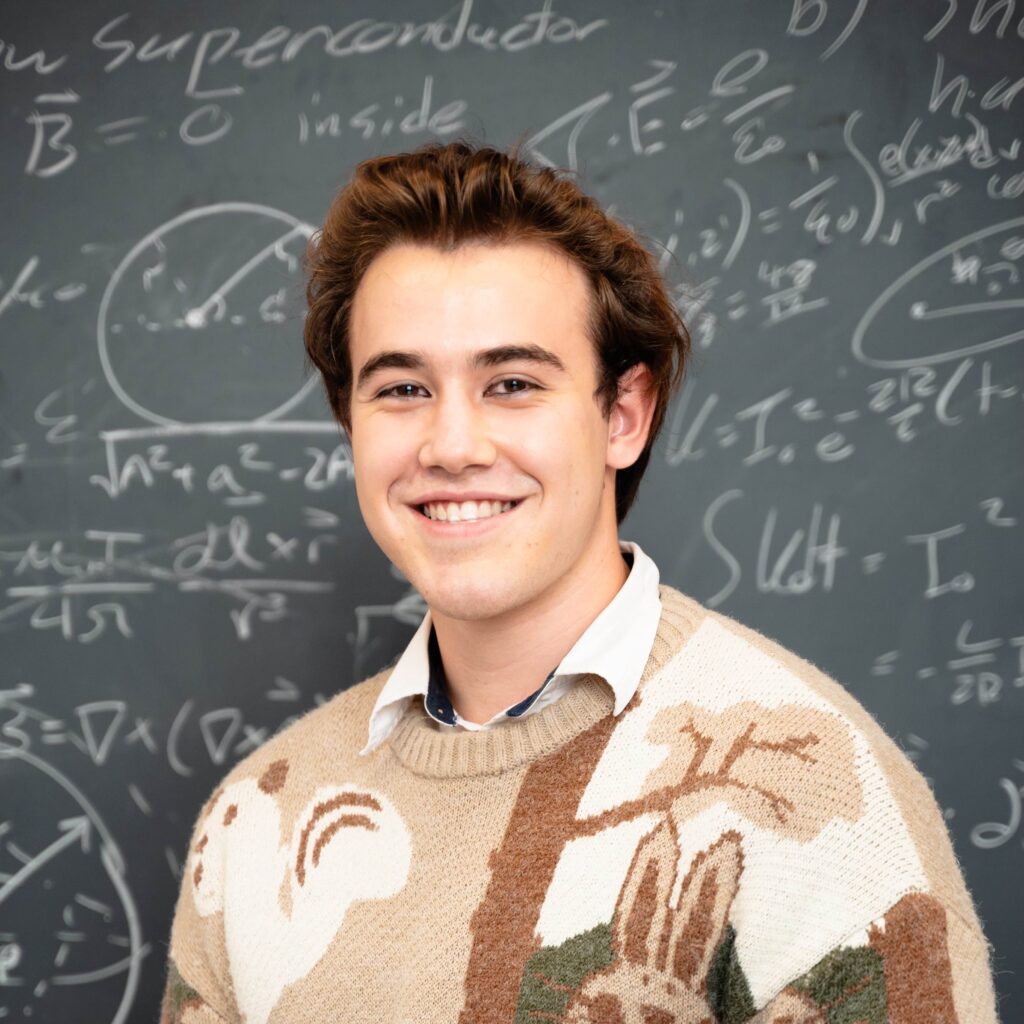
Proton Radiography captures protons deflecting off of high energy plasmas to visualize the electromagnetic fields within such extreme environments. By developing our own Physically Informed Neural Networks, we create tools to better understand the information hidden within these radiographs, hopefully capturing dynamics that can help us improve current efforts behind fusion energy.